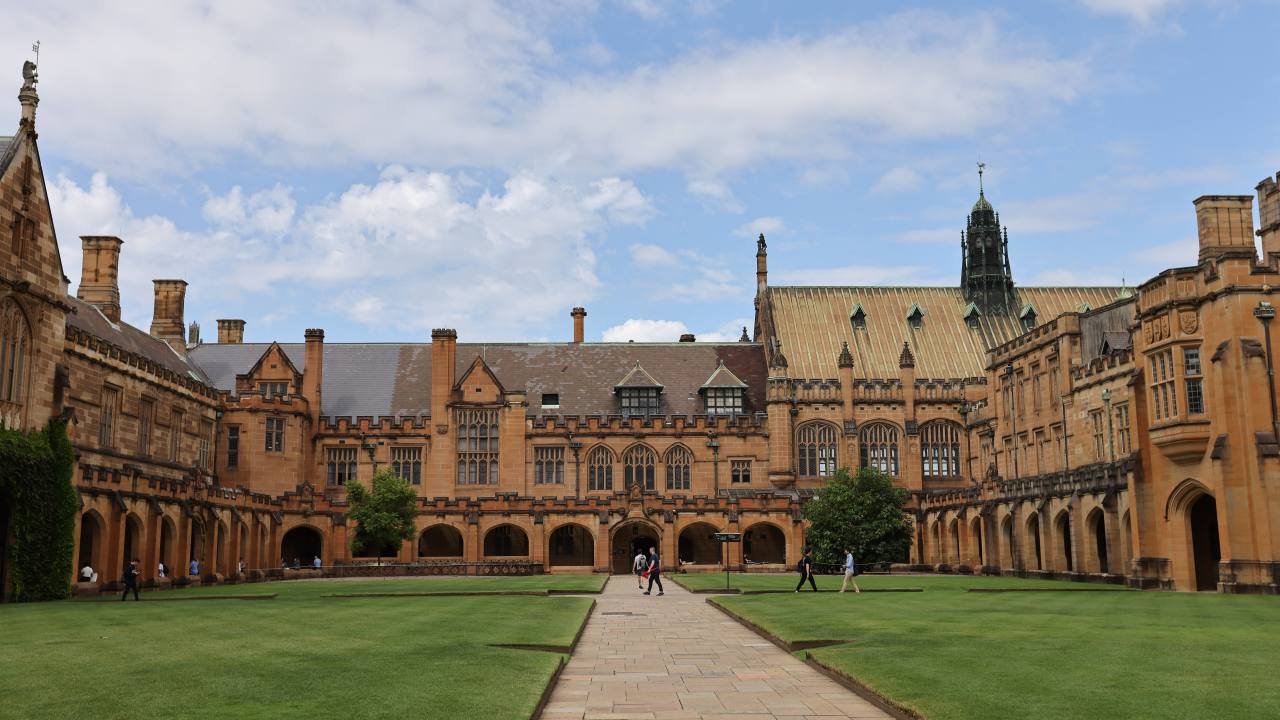Three million Australians with higher education loans will be slugged with the second-highest increase in what they owe from Saturday.
Students with a HECS-HELP debt and other higher education training loans will cop a 4.7 per cent indexation on June 1 based on the consumer price index (CPI).
However, a credit will be applied back to student loans once legislation passes later in the year.
Under the proposal, 4.7 per cent indexation would be reduced to an estimated WPI figure of 4.0 per cent.
It means for a graduate with an average student debt of $26,494, their debts will rise by an additional $1,245 and they will receive a credit of $1,190.
Indexation is not interest on student debt.
Instead, it maintains the real value of education you so a student would repay an amount that is more like the actual cost of that education today, according to the Department of Education.
HECS-HELP loans are indexed at the start of each financial year but the hefty 7.1 percent 2023 increase amid high inflation came as a big hike to debtors and it hit Australia hard as wage growth was outpaced by more than double that amount.
In the Labor government’s 2024-2025 federal budget announced in May, the government announced it would wipe around $3 billion from HECS debt indexation for struggling students.
The government will cap the indexation rate to be the lower of either the Consumer Price Index (CPI) or the Wage Price Index (WPI) backdated to 1 June 2023.
Education Minister Jason Clare in May said this would “wipe out” the hefty 7.1 per cent indexation from 2023.
“For someone with an HECS debt of $45,000, it will mean that their HECS debt is cut by about $2,000,” he said.
“This is an important reform that will make the HECS-HELP system fairer.”
Skills and Training Minister Brendan O’Conner said it was about easing “cost of living pressures” and removing “financial barriers to education and training”.
“VET Student Loans and Apprenticeship Support Loans support many Australians to get the skills they need for secure and rewarding careers, and these changes make sure that help is provided on a fairer basis,” he said.
“By backdating this reform to last year, we’re making sure that those with student loans affected by last year’s jump in indexation get this important cost-of-living relief.”
It’s in response to recommendations made by an Australian Universities Accord in its report released in February which found the higher education sector had “tilted the burden” of costs further onto graduates and away from the government.
This effectively discouraged participation and growing the nation’s skills deficit.
But Deputy opposition leader Sussan Ley said students would not be “warm and welcoming” in response to the announcement, given the little savings it would provide over the course of the debt term.
“Because CPI is so high this structural change seems to have been forced because of that reason,” she told Sunday Agenda, taking aim at the Labor government for not being able to bring inflation under control.
The total outstanding debt owed by borrowers of higher education loan programs totalled more than $78 billion as of 2023.

